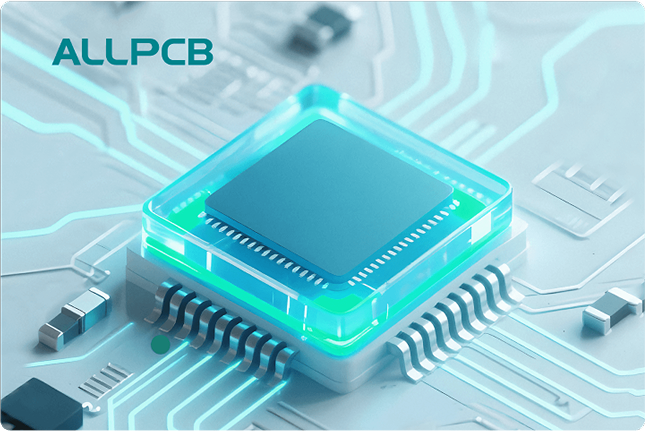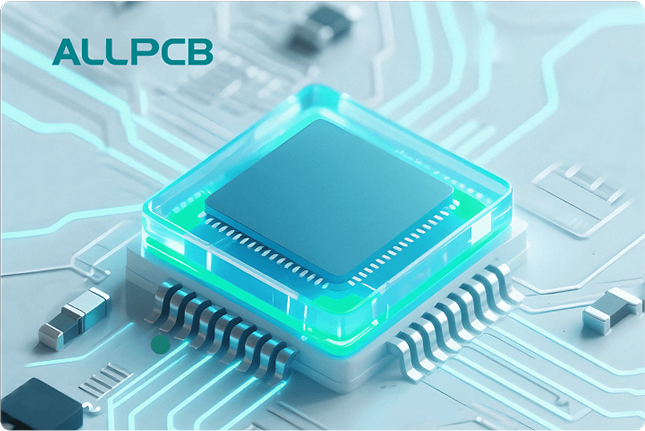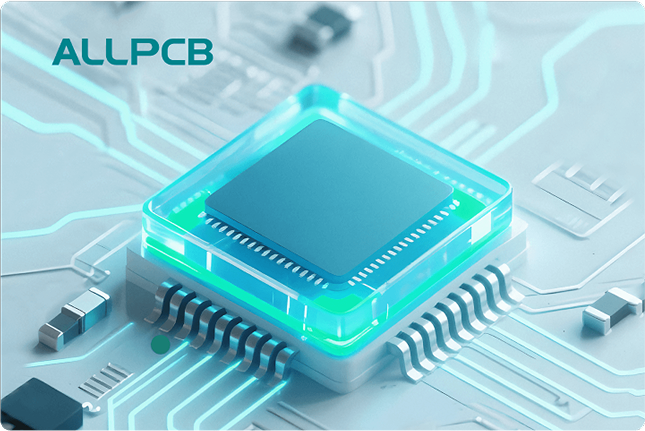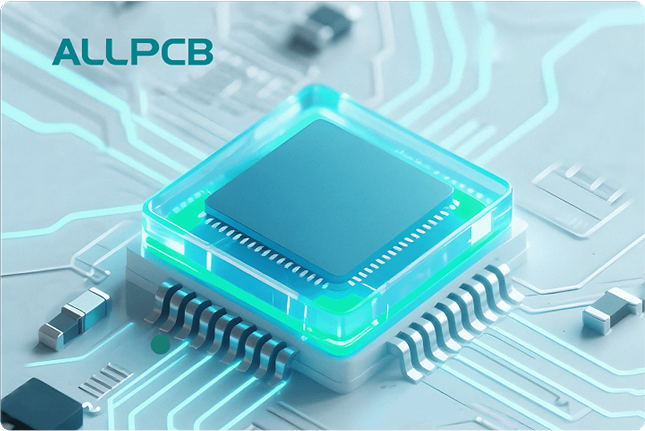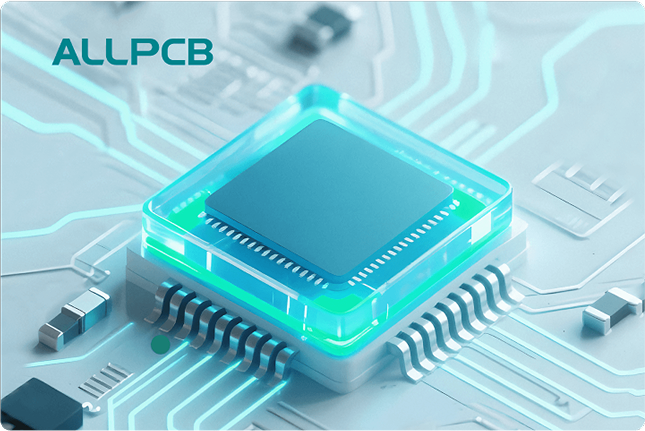Understanding how stencil printer settings affect solder paste volume is crucial for achieving high-quality results in surface mount technology (SMT) assembly. If you're searching for ways to optimize solder paste volume control, fine-tune stencil printer parameters, or dive into solder paste deposition analysis, you're in the right place. In this guide, we'll explore how different printer settings impact the amount of solder paste applied to a printed circuit board (PCB), offering actionable insights to improve consistency and reduce defects.
Whether you're a seasoned engineer or new to PCB assembly, this comprehensive resource will break down the key factors influencing solder paste deposition and provide practical tips to enhance your manufacturing process. Let's dive into the details of stencil printing and uncover how to master these settings for optimal results.
What Is Solder Paste Volume and Why Does It Matter?
Solder paste volume refers to the amount of solder paste deposited onto a PCB through a stencil during the printing process. This paste, a mixture of tiny solder particles and flux, forms the foundation for reliable electrical and mechanical connections between components and the board. Getting the volume right is critical—too little paste can lead to weak joints or open connections, while too much can cause bridging or short circuits.
In SMT assembly, precision is everything. Variations in solder paste volume can directly impact the quality of the final product, leading to costly rework or failures in the field. By controlling the deposition process through stencil printer settings, manufacturers can ensure consistent results, improve first-pass yields, and minimize defects.
Key Stencil Printer Parameters Affecting Solder Paste Volume
The stencil printer is the heart of the solder paste application process, and its settings play a significant role in determining the volume of paste deposited. Below, we break down the primary parameters you need to monitor and adjust for effective solder paste volume control.
1. Squeegee Pressure
Squeegee pressure determines how much force is applied to push the solder paste through the stencil apertures (openings) onto the PCB. Too much pressure can overfill the apertures, leading to excess paste and potential bridging between pads. On the other hand, insufficient pressure may result in incomplete filling, causing insufficient paste volume and weak solder joints.
For optimal results, start with a pressure setting in the range of 0.5 to 1.5 kg per 25 mm of squeegee length, adjusting based on stencil thickness and aperture size. Regularly monitor the pressure to ensure consistency across production runs.
2. Squeegee Speed
The speed at which the squeegee moves across the stencil also affects solder paste deposition. A slower speed allows more time for the paste to fill the apertures, often resulting in higher volume. However, if the speed is too slow, it can cause uneven distribution or paste smearing. Conversely, a faster speed might not give the paste enough time to transfer properly, leading to insufficient volume.
A typical squeegee speed ranges from 20 to 70 mm per second. Fine-pitch components often require slower speeds (closer to 20-30 mm/s) to ensure precise deposition, while larger apertures may tolerate faster speeds.
3. Separation Speed
Separation speed refers to how quickly the stencil lifts away from the PCB after printing. A slow separation speed can cause the paste to stick to the stencil rather than transferring cleanly to the board, reducing volume. A faster separation might improve transfer but risks pulling the paste unevenly, leading to inconsistent deposits.
Separation speeds often range between 0.5 and 3 mm per second. Testing different speeds with your specific setup is key to finding the sweet spot for uniform solder paste deposition analysis.
4. Stencil Thickness and Aperture Design
While not a direct printer setting, stencil thickness and aperture design are closely tied to printer performance. Thicker stencils (e.g., 150-200 microns) deposit more paste, suitable for larger components, while thinner stencils (e.g., 80-100 microns) are better for fine-pitch applications requiring less volume. Aperture size and shape also influence how much paste is transferred—smaller openings restrict volume, while larger ones allow more.
For fine-pitch components, consider an aperture-to-pad area ratio of 0.66 to ensure adequate paste release. Adjusting printer parameters like pressure and speed can compensate for stencil design limitations to some extent.
How to Analyze and Optimize Solder Paste Deposition
Understanding the impact of stencil printer parameters is only half the battle. To achieve consistent results, you need a systematic approach to solder paste deposition analysis. Here’s how to evaluate and refine your process.
1. Use Solder Paste Inspection (SPI) Systems
SPI systems are invaluable tools for measuring the volume, height, and shape of solder paste deposits after printing. These systems use 3D imaging to detect variations across the board, helping identify whether adjustments to printer settings are needed. For example, if an SPI scan shows that paste volume is consistently below 80% of the target for certain pads, you might increase squeegee pressure or reduce speed.
Target paste volume typically falls between 80% and 120% of the stencil aperture volume, depending on the component and joint requirements. Regularly using SPI data ensures you catch issues before they lead to assembly defects.
2. Conduct Test Prints
Before running a full production batch, perform test prints with different printer settings to see how they affect solder paste volume. Adjust one parameter at a time—such as squeegee speed or pressure—and measure the results using SPI or visual inspection. Document the outcomes to build a reference for future setups.
3. Monitor Environmental Factors
Temperature and humidity in the production area can influence solder paste behavior. High humidity can make the paste more viscous, affecting how it flows through apertures, while extreme temperatures can alter its consistency. Aim to maintain a controlled environment with temperatures between 20-25°C and humidity levels of 40-60% for consistent results.
Common Challenges in Solder Paste Volume Control and Solutions
Even with optimized stencil printer parameters, challenges can arise in maintaining consistent solder paste volume. Here are some common issues and how to address them.
1. Insufficient Paste Volume
This often occurs due to low squeegee pressure, high speed, or poor stencil-to-board alignment. To fix it, increase pressure slightly (e.g., by 0.2 kg per 25 mm), reduce speed, and ensure the PCB is properly secured during printing. Also, check for stencil blockages—cleaning may be necessary if apertures are clogged.
2. Excess Paste Volume
Excess paste can lead to bridging, especially with fine-pitch components. Reduce squeegee pressure or increase speed to limit the amount of paste pushed through the stencil. If the issue persists, consider a thinner stencil or smaller aperture openings for better solder paste volume control.
3. Inconsistent Deposits Across the Board
Uneven paste volume often results from improper stencil alignment, worn squeegee blades, or variations in PCB flatness. Regularly inspect and replace squeegee blades, ensure proper alignment using fiducial marks, and verify that the PCB support system prevents warping during printing.
Advanced Techniques for Precision in Solder Paste Deposition
For manufacturers aiming for the highest precision, advanced techniques can further refine solder paste deposition. These methods complement basic printer adjustments and enhance overall control.
1. Step Stencils for Mixed Component Sizes
Step stencils have varying thicknesses across different areas, allowing more paste for larger components and less for smaller ones on the same board. For instance, a stencil might be 150 microns thick for power components and 100 microns for fine-pitch ICs. Adjusting printer settings to match these variations ensures balanced deposition across the board.
2. Closed-Loop Feedback Systems
Modern stencil printers often support closed-loop feedback, integrating SPI data directly into the printing process. If the system detects low volume in a specific area, it can automatically adjust parameters like pressure or speed for the next print. This real-time correction minimizes defects and boosts efficiency.
Best Practices for Long-Term Consistency
Achieving consistent solder paste volume control isn't a one-time effort—it requires ongoing attention to equipment, materials, and processes. Here are some best practices to maintain quality over time.
- Regular Maintenance: Clean stencils after every 5-10 prints to prevent paste buildup, and inspect squeegee blades for wear. A well-maintained printer is less likely to produce inconsistent results.
- Standardized Settings: Create a settings profile for each product type based on test results. Store these profiles in the printer’s memory for quick setup during production changes.
- Operator Training: Ensure all team members understand how printer parameters affect solder paste volume. Provide hands-on training for adjusting settings and interpreting SPI data.
- Material Consistency: Use solder paste from the same batch and store it under recommended conditions (typically 2-10°C) to avoid variations in viscosity and performance.
Conclusion: Mastering Solder Paste Volume Through Stencil Printer Settings
The impact of stencil printer settings on solder paste volume cannot be overstated. By fine-tuning parameters like squeegee pressure, speed, and separation speed, you can achieve precise solder paste volume control and ensure high-quality PCB assemblies. Combining these adjustments with tools like SPI systems and techniques like step stencils further enhances your ability to meet tight tolerances and reduce defects.
Whether you're troubleshooting inconsistent deposits or optimizing a new production line, a deep understanding of stencil printer parameters and regular solder paste deposition analysis will set you up for success. Implement the strategies and best practices outlined in this guide to elevate your SMT process and deliver reliable, defect-free results every time.
At ALLPCB, we're committed to supporting your PCB assembly journey with resources and expertise. Keep refining your processes, and watch as your production efficiency and product quality reach new heights.
 ALLPCB
ALLPCB


